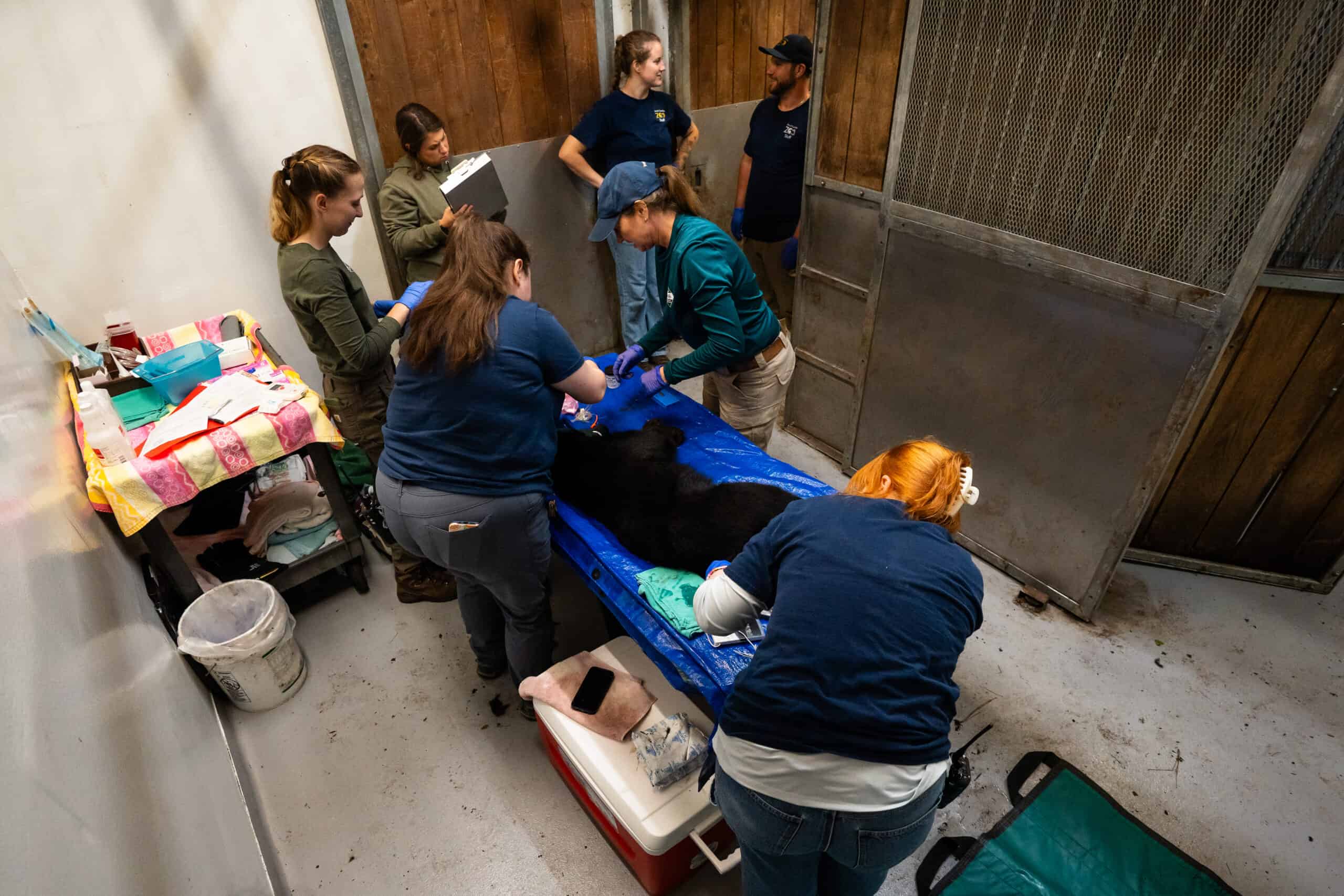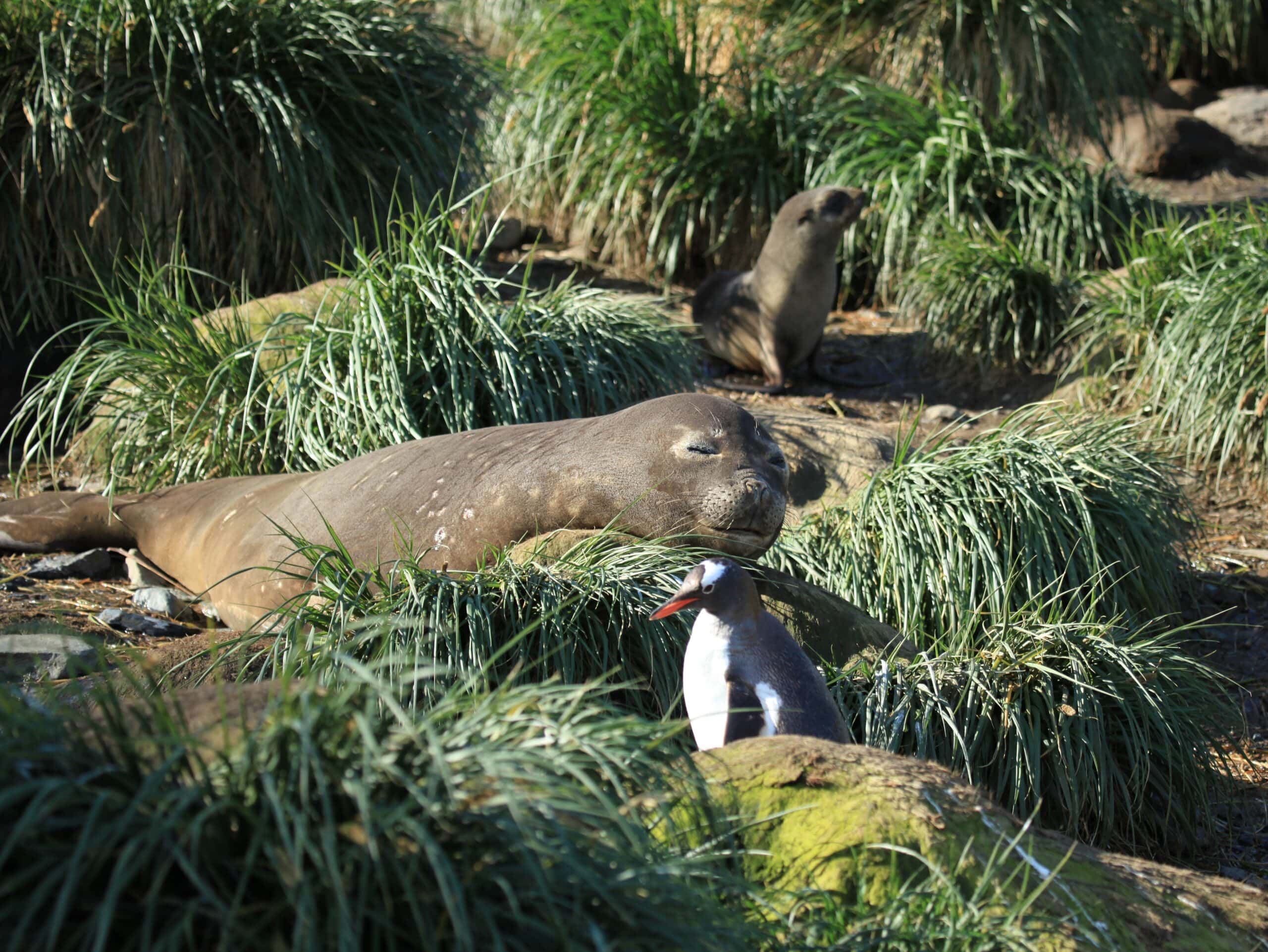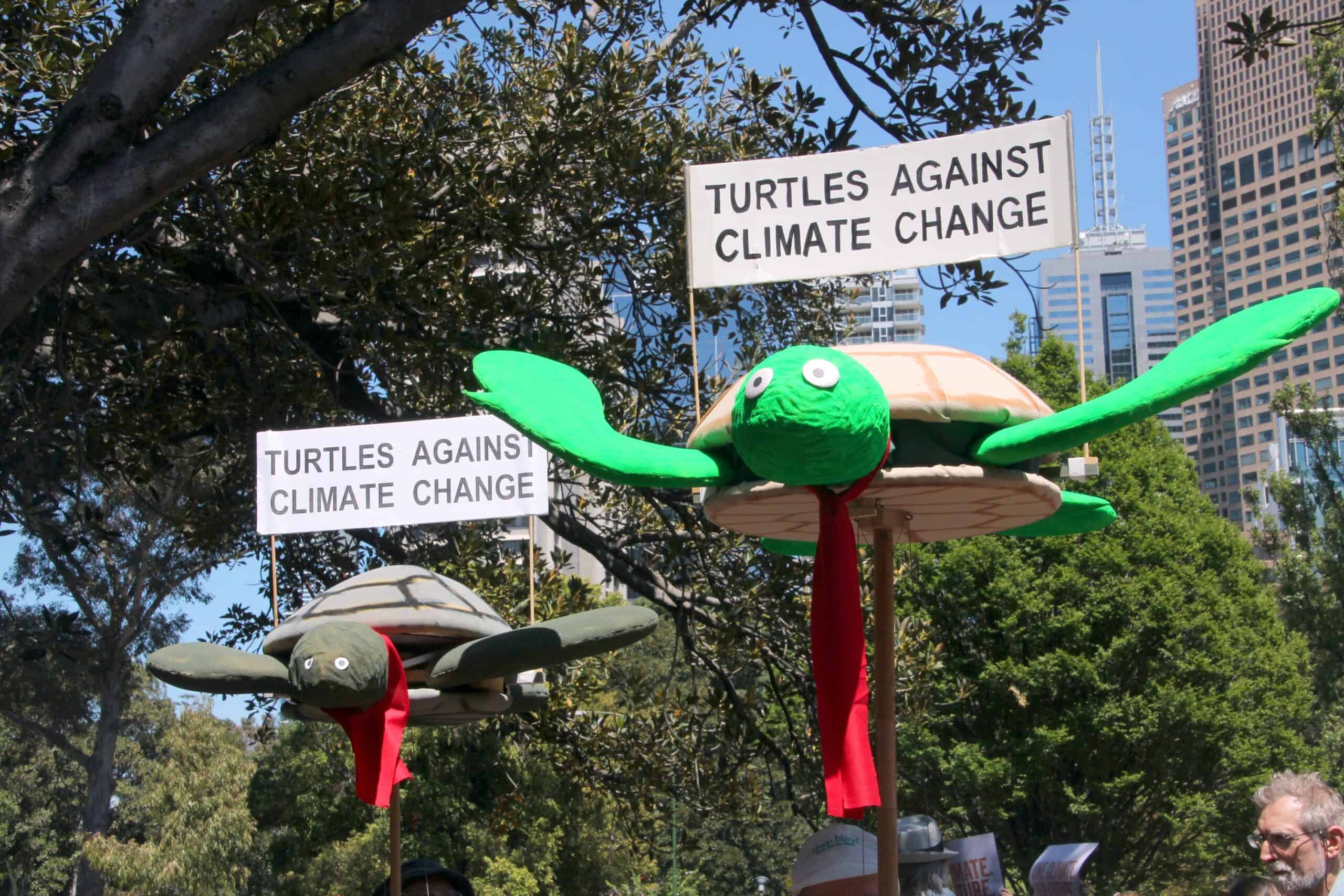Share this article
Constantly on the hunt, midsize carnivores face unique risks
Medium-sized carnivores may be particularly at risk from environmental changes, an international team of scientists found, because they spend so much of their waking hours hunting for food that they don’t have much time to spare to adapt to effects on their prey from climate change and other factors.
“They’re already very active and might not have enough buffer to increase their activity to cope with a change in the availability, quality or distribution of food,” said Matteo Rizzuto, lead author on the paper published in Nature Ecology & Evolution. “That might drive these species towards negative outcomes.”
The reason these midweight mammals, like red foxes (Vulpes vulpes) and bobcats (Lynx rufus), move more while hunting, Rizzuto said, is that they target prey that’s much smaller than them. Each animal they capture provides only a tiny fraction of the energy they require daily, so they devote a large chunk of their time to pursuing multiple catches.
When a 5-kilogram fox eats a tiny worm, “that earthworm is a drop in the ocean,” Rizzuto said. “The fox is going to need a lot more energy to break even through its day, so it will spend most of its day active. Otherwise, it’s going to starve.”
Between 2013 and 2014, Rizzuto, then a master’s student at Imperial College London; Chris Carbone, a senior research fellow at the Zoological Society of London; and Samraat Pawar, a senior lecturer at Imperial College London, combed through the literature on 73 mammalian predator species. They gathered information on what proportion of their day went toward seeking prey. The biologists developed a model describing how the carnivores spend and obtain energy, incorporating factors such as their metabolic rate, caloric cost of movement and capacity to find prey. Then they confirmed predictions from this model with published field data on how the mammals spent their time.
“Carnivores of medium size — between 1 and 10 kilograms — tend to be more active than very small or very large species,” Rizzuto said.
As the impacts of climate change, habitat loss and other human-driven processes intensify, he said, medium-weight carnivore species with narrow diets could be at risk.
“If they’re spending most of their daylight and nighttime trying to forage,” Rizzuto said, “if human activities cause their environment to change and their resources to move or diminish in quality or quantity, then they’re going to be extremely affected.”
This study contradicts a common assumption among scientists that the bigger the predator is, the less time and energy it spends procuring food, Rizzuto said. Instead, the team found a “tent-shaped relationship,” he said, “in which you start with very small species that have fairly low activity proportions. These then grow with body size until activity reaches a peak after which it decreases.”
The results align with previous findings showing that above a body weight of about 10 kilograms, carnivores transition from preying upon small animals to large vertebrates to meet their energetic needs, he said.
Researchers are now beginning to examine the time herbivorous mammals spend foraging.
“Being able to predict how much time species spend active — which can be translated to the distance they travel or the extent of territory they visit in a day, the type of prey they feed on and where — will help conservationists, managers and governments develop better policies to conserve endangered species,” Rizzuto said.
Header Image: A red fox gazes into the camera in Newfoundland. ©Matteo Rizzuto








